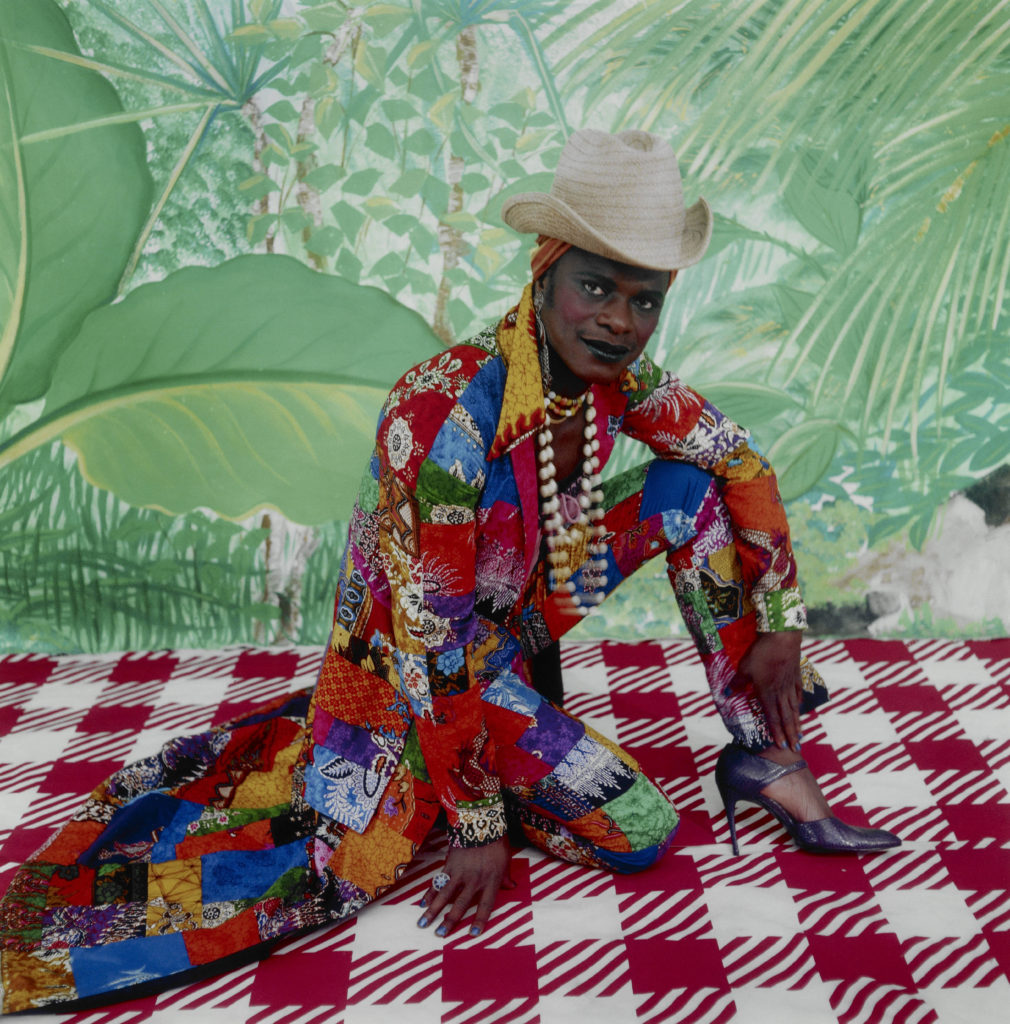
By Southwester Staff
The exhibit Afro-Atlantic Histories, now open at the National Gallery of Art, flows over the limits of any museum’s walls.
With more than 130 paintings, drawings, prints, photographs, sculptures, time-based media art, documents and ephemera by artists from 24 countries, the exhibit explores the shared meaning of the impact and legacy of the African Diaspora from the 17th to 21st centuries.
The exhibit showcases the viewpoints of artists from across Africa, Europe, the Americas, and the Caribbean, spanning a time period that starts with the beginning of the slave trade and runs through present day activism.
The exhibit is curated around four core themes, with each displaying works that cross centuries, mediums and perspectives to tell interconnected stories.
The section on Enslavements and Emancipations includes works like the British abolitionist illustration Description of a Slave Ship, a precisely detail of a slave ship’s cargo hold from 1789 and twentieth century American artist Aaron Douglas’s 1936 painting Into Bondage, a powerful portrayal of the moment when a group of Africans are taken to a slave ship bound for the Americas. Images of torturous practices like the 1863 published photograph The Scourged Back and American artist Kara Walker’s powerful 2009 etching Restraint, of a silhouetted figure in an iron brindle, are shown side by side.
A exhibit section on Everyday Lives presents perspectives on daily life in Black communities during and after slavery. The pastoral painting Landscape with Anteater (c. 1660), by Dutch artist Frans Post, pictures enslaved laborers and Indigenous peoples in a Brazilian landscape. Fast-forwarding several centuries, the monumental collage Tomorrow I May Be Far Away (1967) by the American artist Romare Bearden, presents a depiction of a sharecropper drawn from the rhythmic and improvised staccato of jazz and blues music.
Rites and Rhythms focuses on works showcasing African traditions recreated in the Americas and the Caribbean, including a widespread range of celebrations around Carnival and the historical Black presence in Christianity. Across the exhibition, portraits spotlight underrecognized leaders of the 18th and 19th century, like Dalton Paula’s Zeferina (2018), which depicts the influential leader of a slave rebellion who was arrested and sentenced to death before she could be commemorated. Ordinary people, invented figures and the artists themselves are included, as in the unconventional Self-Portrait (as Liberated American Woman of the ‘70s) by Cameroonian photographer Samuel Fosso.
A section on Resistances and Activisms features banners, flags, and textiles. Glenn Ligon’s painting Untitled (I Am a Man) was inspired by signs carried in the 1968 Memphis Sanitation Workers’ Strike protesting unsafe working conditions and low wages. In March on Washington (1964), Alma Thomas recalls her experience attending the historic demonstration.
The exhibit was initially presented as Histórias Afro-Atlânticas in 2018 by the Museu de Arte de São Paulo and the Instituto Tomie Ohtake in Brazil. It will be on view at the National Gallery of Art through July 22.
A wide range of exhibits and programming have been designed to complement the exhibit, including a temporary installation in the National Gallery’s Sculpture Garden of the work of renowned artist Kara Walker. The piece, The Katastwóf Karavan, incorporates a steam calliope, a musical instrument used in the 19th century on steamboats and at carnivals. Walker originally created the sculpture as a temporary memorial at Algiers Point, a site along the Mississippi River in New Orleans that once served as a holding area for enslaved Africans. Enveloped in the artist’s signature silhouettes made from cut steel and set in a parade wagon, the steam-whistle organ will be programmed with a new, automated playlist of songs of Black resistance and celebration that can be heard at regular intervals during the installation, which runs from May 12-19. Musician and artist Jason Moran will play the calliope live on May 14 from 3:30–4:00 p.m. and May 15 from 2:00–2:30 p.m.
Companion events include an extensive schedule of performances, films, lectures, concerts, and community programs centered on art of the African Diaspora. On May 14 at 11:00 a.m., an outdoor procession will walk to four historical sites of enslavement on or near the National Gallery campus. Ed Ingebretsen, professor of philosophy at University of Maryland, College Park, will talk about the city’s relationship to slavery. Free registration is required at nga.gov/lectures.
A full schedule of events and free online registration is available at https://www.nga.gov/exhibitions/2022/afro-atlantic-histories.html.

